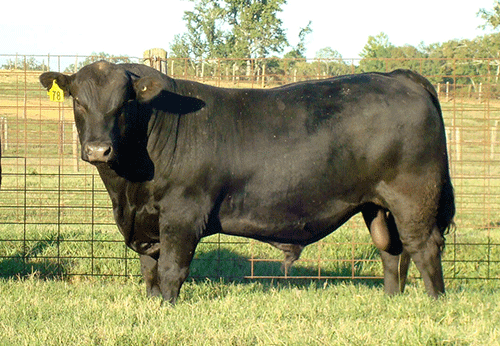Livestock farmers need to constantly test their bulls for fertility in order to make sure they get the best results from their herd. This is the view of renowned veterinarian Baby Kaurivi Katunahange.
Katunahange made these remarks during a presentation at the just-ended Omaheke AgriConFex. Themed ‘Investing in Agriculture for Food and Improved Nutrition’, the ConFex, held from 28-30 July, was aimed to create opportunities for efficient and effective communication channels that would benefit businesses, farmers and participants through networking and showcasing their products.
The veterinarian said many farmers have consistently recorded low calving rates due to their bulls’ low fertility rates, but have done little to reverse the trend. As a result, the herd’s profitability continues to be low and somewhat costly for the farmers in the end.
Katunahange said a healthy and fertile bull should achieve a 90% calving rate for its herd. This means that for every 100 cattle, at least 90 of them should be able to calve. Alternatively, 45 cattle or more need to record pregnancies for a herd of 50 cows.
Anything less than that, Katunahange said, is a loss.
“The calving rate is a good indicator of the profitability of your farming operation. If you consistently continue to have a low calving rate, you will not be profitable as a farmer,” she said.
Katunahange said constantly testing a bull for fertility would eliminate any possible losses or reduction in profitability as a farmer can plan ahead.
“I had a recent case where a farmer who had a herd of 400 cows thought that all his cows were pregnant. As it turned out, only 240 cows were actually pregnant in the end. That is just above 50% pregnancy rate, which is a death sentence for any farmer,” she said.
She urged farmers to ensure that their bull-to-cow ratio is correct for a better calving rate. The ideal bull-to-cow ratio is 1:25, meaning one bull is expected to cover only up to 25 cows. Such a ratio can be pushed to 1:30, but not more than that.
Katunahange said this is one of the biggest shortfalls of farmers, especially in the communal set-ups where one bull services up to 100 cows.
“When you overwork a bull like that, you are bound to receive a low calving rate. Bulls need to rest and not be overworked,” she said


